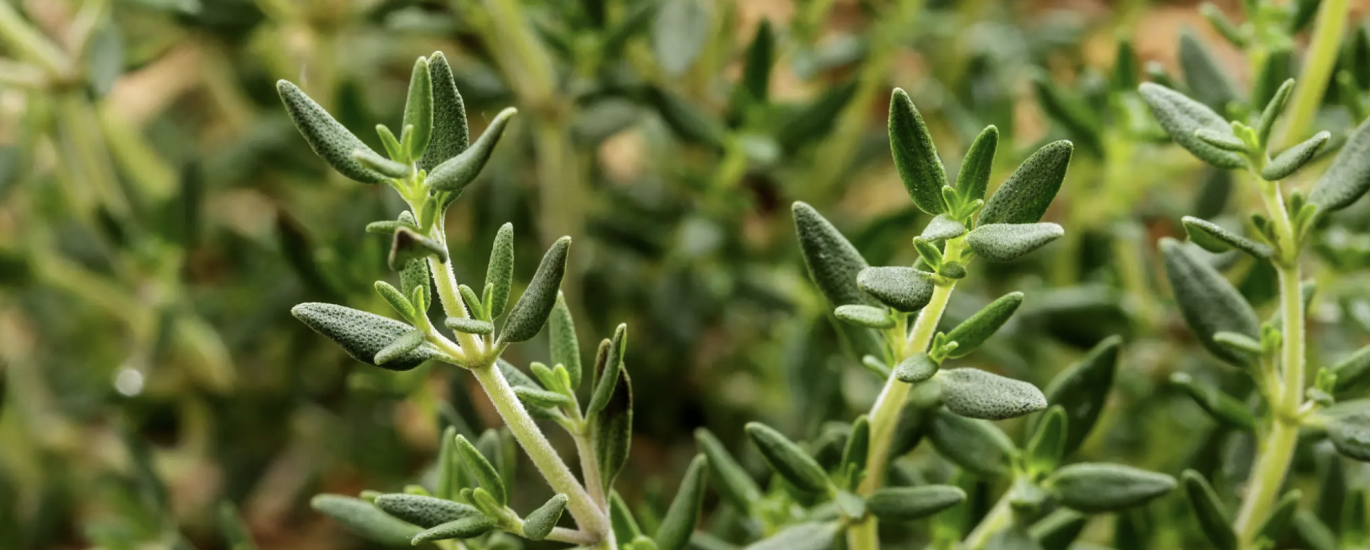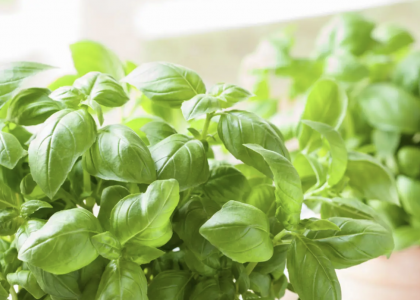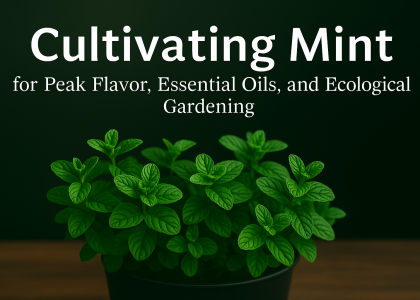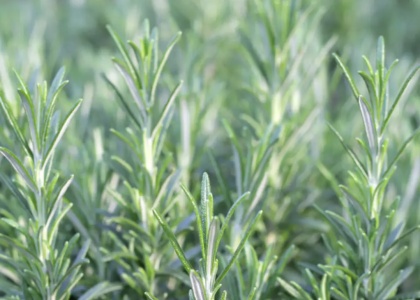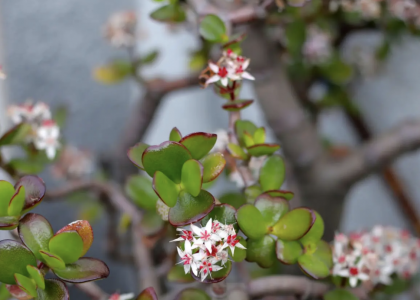What Is Thyme? A Timeless Herb in Your Garden
Thyme (Thymus vulgaris) is a woody perennial herb native to the Mediterranean region, prized for its fragrant, grey-green leaves, delicate purple or pink flowers, and multi-purpose use in cooking, medicine, and ornamental gardening. A member of the mint family (Lamiaceae), thyme is closely related to herbs like rosemary, sage, and oregano.
Key Features of Thyme:
- Leaves: Small, aromatic, packed with essential oils rich in thymol, giving thyme its characteristic earthy, lemony scent.
- Flowers: Tiny blooms that attract pollinators such as bees and butterflies, supporting biodiversity.
- Growth Habit: Low-growing, spreading shrub, thriving in sunny, well-drained locations, making it ideal for raised beds, rock gardens, groundcovers, or container gardening.
Thyme’s legacy spans millennia:
- The ancient Egyptians used it in embalming.
- The Greeks and Romans burned thyme as incense for purification and believed it instilled courage and strength.
- Today, thyme continues to be a staple in kitchens, home remedies, and eco-friendly gardens.
By growing thyme, you’re not just planting an herb—you’re continuing a tradition of wellness, flavor, and harmony with nature.
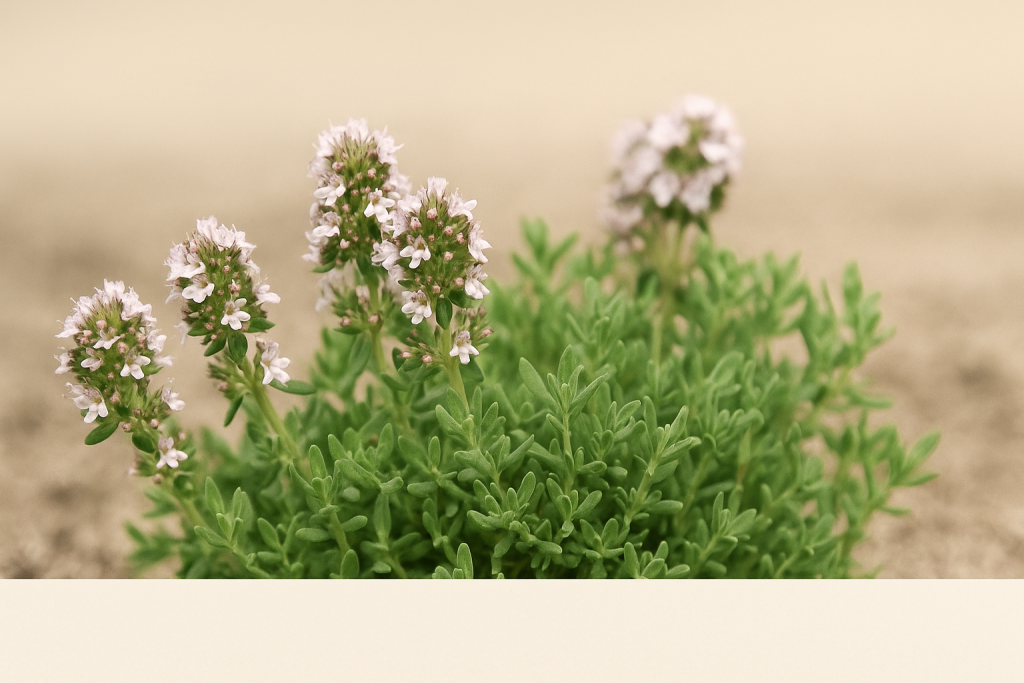
How to Grow Thyme Like a Pro
1. Choosing the Right Variety
| Variety | Flavor Profile | Growth Habit | Best For |
| Common Thyme | Earthy, herbal | Upright, bushy | Cooking, tea, medicinal |
| Lemon Thyme | Citrusy, bright | Low, spreading | Teas, desserts, aromatherapy |
| Creeping Thyme | Mild, floral | Groundcover, matting | Pathways, pollinator-friendly |
SEO Tip: best thyme variety for cold climates
- German thyme and woolly thyme survive down to zone 4, thriving even in frosty winters.
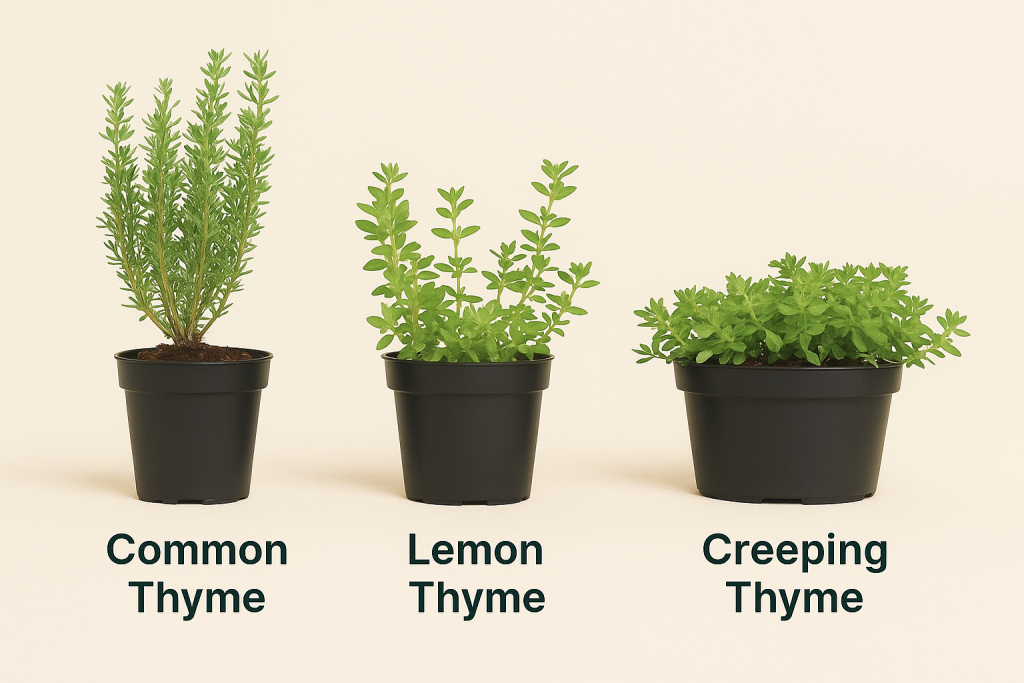
2. Sunlight & Soil: Embrace Thyme’s Mediterranean Roots
- Sun: Full sun (6-8 hours daily).
- Soil: Well-draining, sandy or rocky, low in nutrients.
- pH: Slightly alkaline (6.5-8.0).
Pro Tip: Add crushed eggshells or limestone dust to keep the soil’s pH in thyme’s sweet spot.
3. Water Wisely: Thrive on Neglect
| Growth Stage | Watering Frequency |
| Seedling | Light misting every few days |
| Established | Water when top 2 inches of soil dry out |
| Hot weather | Once per week, depending on rainfall |
SEO Tip: watering thyme in containers
- Ensure drainage holes and water when soil feels dry.
4. Pruning & Harvesting: Promote Lush, Aromatic Growth
- Prune in early spring to shape and rejuvenate the plant.
- Snip 2-3 inches from the top regularly to encourage bushiness.
- Harvest mid-morning when oils are most concentrated—snip, inhale, and enjoy the moment.
Imagine bringing a handful of fresh thyme into your kitchen, its aroma filling the air as you prepare a hearty stew or soothing tea.
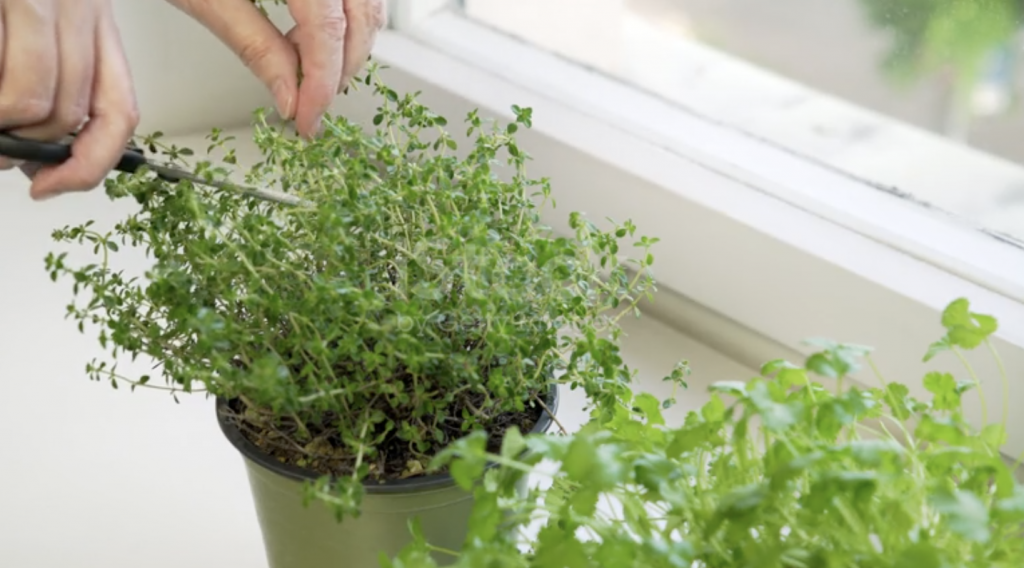
Seasonal Thyme Care: A Year-Round Ritual
| Season | Care Tips |
| Spring | Prune hard after frost risk passes, divide or propagate cuttings. |
| Summer | Harvest regularly, allow some flowering for pollinators. |
| Fall | Light pruning, propagate cuttings or layer stems for new plants. |
| Winter | Mulch roots in-ground; move containers indoors or to sheltered spots. |
SEO Tip: thyme overwintering tips
Sustainable Gardening: Thyme’s Eco-Friendly Benefits
Thyme is a low-maintenance, eco-friendly powerhouse:
- Drought-tolerant—ideal for xeriscaping and reducing water usage.
- Pollinator-friendly—attracts bees, butterflies, and hoverflies.
- Natural pest repellent—aromatic oils deter aphids, cabbage moths, slugs.
Companion Planting:
| Companion Plant | Benefit |
| Tomatoes | Repels pests, enhances flavor. |
| Cabbage family | Deters cabbage moths and worms. |
| Strawberries | Attracts pollinators, improves yield. |
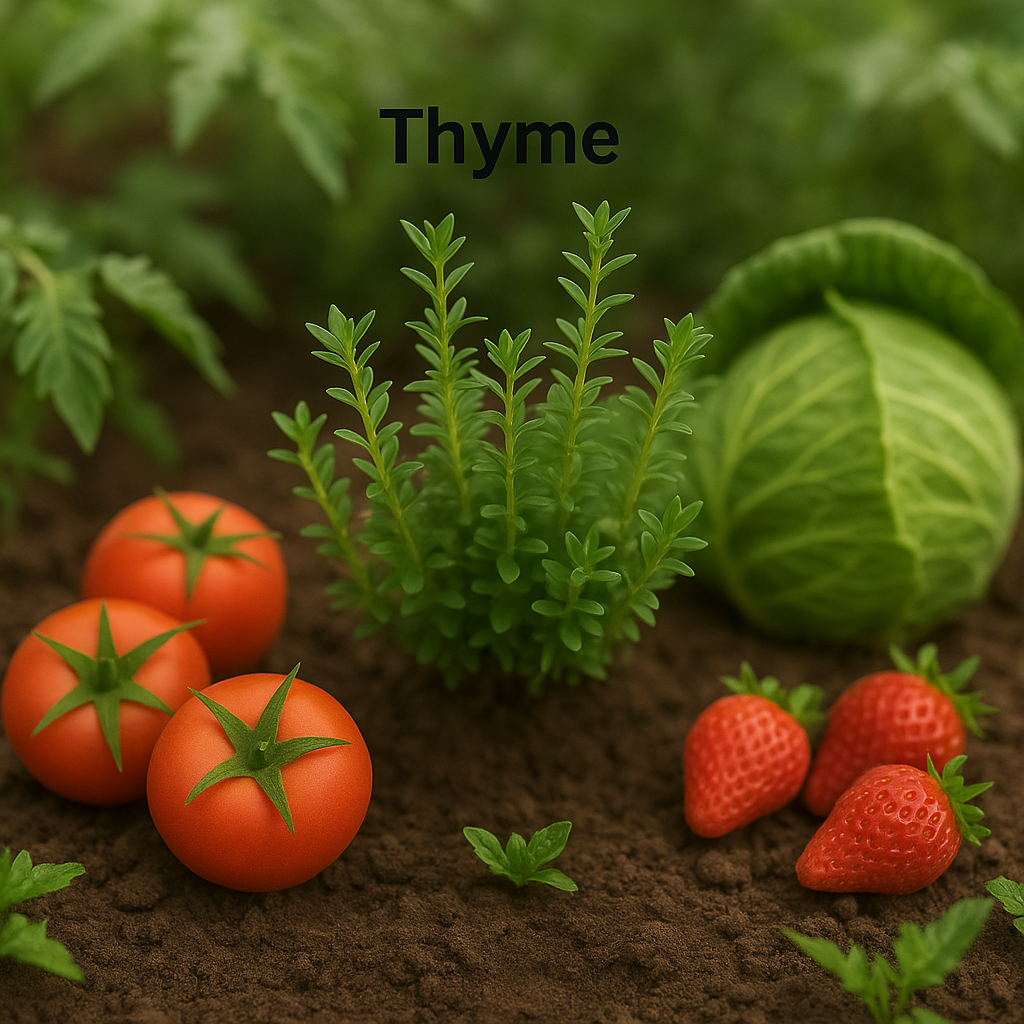
Propagation: Multiply Thyme’s Presence
| Method | Steps |
| Cuttings | Take 4-inch stems, strip lower leaves, root in water or soil. |
| Layering | Bend a stem to soil, cover with dirt, wait for roots. |
| Division | Split mature plants in early spring or fall. |
SEO Tip: how to propagate thyme from cuttings
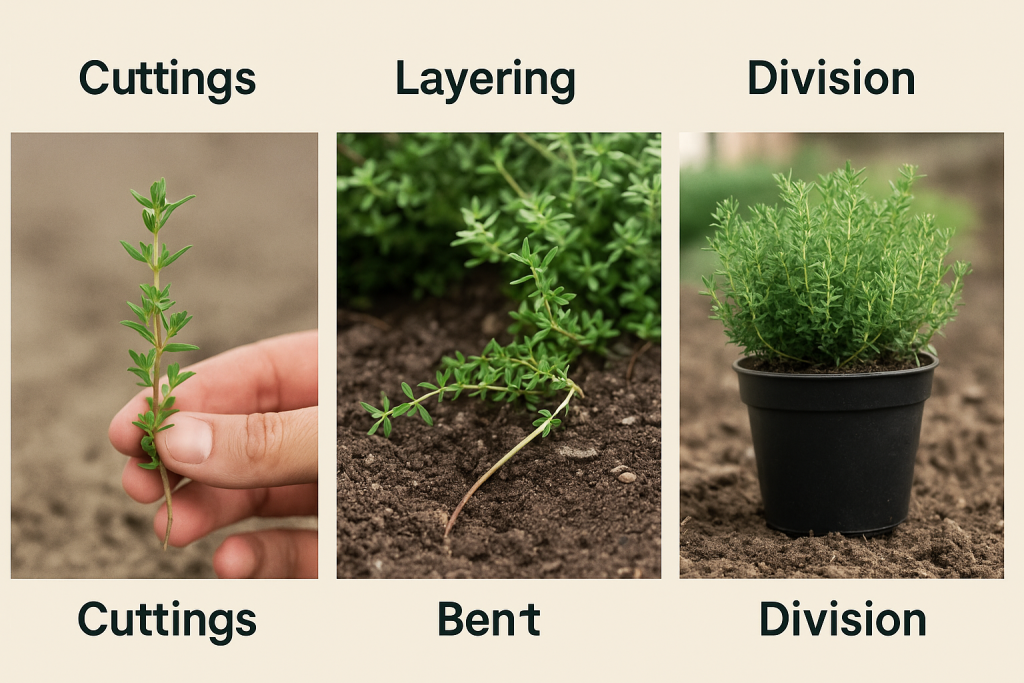
Thyme for Wellness: Ancient Herb, Modern Healing
Thyme is rich in thymol, offering antibacterial, antifungal, and antioxidant benefits.
- Thyme tea for colds and coughs: Steep fresh leaves with lemon and honey.
- Aromatherapy: Inhale thyme steam for respiratory relief.
Caring for thyme nurtures not only your garden but also your body and spirit—offering calm, connection, and wellness.
SEO Meta Description:
Learn how to grow thyme with this complete guide! Discover seasonal care tips, propagation methods, companion planting strategies, and eco-friendly gardening practices for a thriving, sustainable herb garden.

